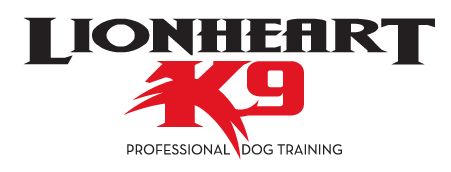Failure is always an option. Human history is peppered with the struggles of entire species to survive, including our own; where whole civilizations were exploited into extinction, and civilizations that couldn’t survive the changing landscape.
A litany of self-help gurus have made extraordinary sums of money preaching that failure can catalyze future success. We should be aware that our survival is predicated on our ability to overcome failure; as a species, as business owners, parents, spouses, whatever.
If you think hard enough about it, the most remote and insignificant aspects of our lives are all colored in some way by having survived a failure that improved our skill and gave us insight into a more successful approach.
Our initial inability to perform that skill acts as a catalyst that motivates us to try harder, try a different approach, or practice more. Daniel Coyle, author of “The Talent Code” describes success as practicing until you stop failing and then continuing to mindfully practice until you can’t fail..
Children begin to practice strategies for life from the time they are self-aware. The human voyage is manageable because of having survived one catastrophic failure after another throughout every stage of our lives; from learning how to eat with a spoon, tying our own shoes, and falling off our bikes once the training wheels come off. How we learn to navigate relationships more selectively as we mature is framed by the experiences of every previous relationship that failed.
This is relative to dogs for the same reasons. Dogs only continue to practice behaviors they have had success with. Knowing why might be helpful, but it doesn’t solve the issue of stopping it from happening.
Although some may perceive fighting as a failure of management or leadership, the dog sees it as a survival strategy.
What the dog requires is a better strategy.
An easy way to help encourage a new behavior is to create a series of failures until the dog abandons the old behavior altogether. When you cannot supervise, confine the dog adequately so the obtrusive behavior is no longer an option. Diminish the dog’s desire to pursue the behavior by providing options that both deter the behavior and reinforce an alternative behavior. Create an environment where the alternative behavior is the most desirable option. Failure is built into every one of those strategies.
Failure, distilled down to its bare definition, is to prove unsuccessful. By that definition, all we really have to do is prevent success. You can take any behavior and encapsulate it into a small series of events that either create failure or ensure success.
Our goal in dog training is to help our dogs make better choices by providing options, guiding choices, and controlling outcomes. Each of these things enables the dog to learn most efficiently. In combination, all of these things enable the dog to learn organically, as nature designed.
Give a dog the ability to choose what he wants. Delay gratification by making him wait, and then reinforce him for making the ‘right’ decision. If you frame this in a way the dog understands the benefits, he thinks it’s his idea.
Failure becomes a powerful motivator. Failure coupled with the ability to achieve success is magic.
The dog does the work, even though we have structured the environment for which these options exist, we simply allow it to happen. The necessary provision must be that the wrong choice simply becomes unavailable to the dog.
Appropriate management solves a lot of the issues one sees in the average companion dog home, but by itself, it doesn’t teach. It may aid learning, but nature abhors a vacuum, and experiences are what impact future behavior.
Remember, if failure is to be our teacher, we must contrast that with easy success, so the dog has a comparison from which to make an informed decision.
It’s not that hard. It does require planning and practice well in advance of need, but it is within the scope of every dog owner, of every dog breed, and of every dog age.
It also doesn’t require much in the way of tools, just patience and the ability to respond without creating conflict.
The attached video shows the initial handling process in a 13-week-old puppy. The process remains the same regardless of the breed or age of the dog. Unfortunately, folks don’t do this soon enough with their dogs, so the effort becomes greater as the stakes become much higher once the dog achieves adulthood.
This is not some mythological training miracle that was recently invented. It’s been with us since the primordial ooze.
It’s how dogs learn. Biology did that for us. We just manipulate the process.
If you are looking for sensible training that guarantees results, we are only an email away.
If your current training conventions are not yielding results, schedule a behavior consult at your convenience. Our online coaching is a popular option for folks outside our coverage area, especially if you’ve been struggling with training for a while.
We are only an email away, and if you are in our coverage area, we would be delighted to help you in person, so you can feel free to contact us directly.

